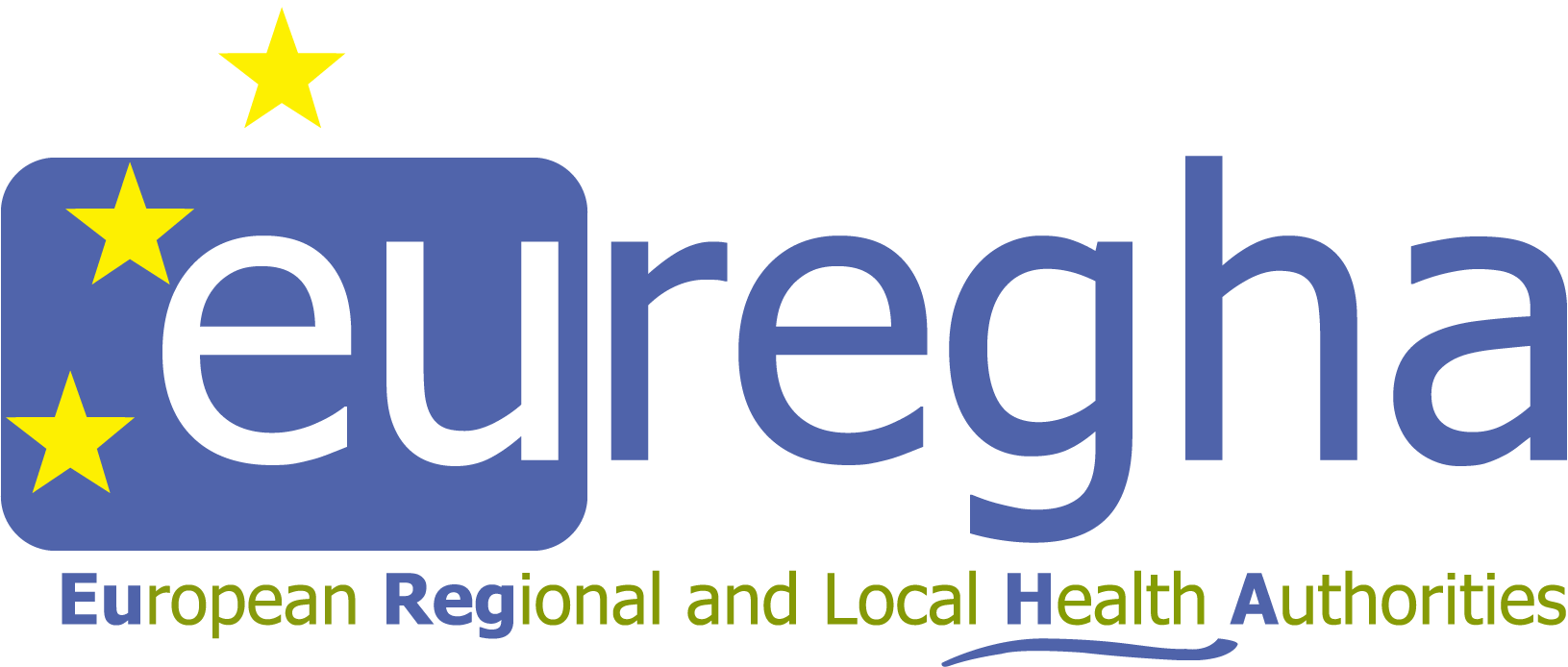During the NAT Commission meeting on 5 March, Julia Winkler, the team leader of the Health across Initiative /Lower Austria participated in a discussion on cross-border healthcare. Rapporteur Karsten Uno Pederson (DK/PES) organized the meeting to exchange views on the upcoming opinion on “cross-border health care” which will probably be adopted during the CoR’s plenary in July. He focused on the fact that around 150 million Europeans live in border regions, and that for many of them, the nearest medical professionals are across the border.
Karsten Uno Pederson mentioned that 50% of EU citizens would be happy to cross a border to seek healthcare. By involving local authorities in this process, it can be reassured that there is a good implementation of the Directive 2011/24/EU on patients’ rights in cross-border healthcare and further improvements can be made. Karsten Uno Petersen pointed out that “border regions make up 40% of the EU’s territory. For citizens living in these areas, seeking treatment in a neighbouring country has become a major concern. If the existing European directive has allowed some progress in our continent, more should be done to ensure financial certainty for citizens healed across the border, by simplifying administrative procedures and by improving effective reimbursement for the Europeans”.
Through Julia Winkler’s contribution, it became clear how challenges in cross-border healthcare work in practice. Cross-border collaboration is specifically important for Lower Austria due to their location and its 414 kilometres of external borders. It can be seen there are big inequalities in both access to health care services and the offer of medical services. She mentioned that it is important that their citizens have access to healthcare services, whether it is in their own countries or right across the border. By networking and participating in international projects, Lower Austria tries to take away the main barriers (e.g. problems caused by languages). The Healthacross Initiative takes regional and supra-regional health care interests and brings them together in a single international network for cooperation and the exchange of information. This is achieved in particular by initiating and implementing innovative, cross-border and international projects in the health care sector as intended in the Lower Austrian state strategy.
A good example of Lower Austria’s efforts is the Bridges for Birth (B4B) project which established a partnership between Austria and Slovakia to make sure neonatal emergencies can be transferred to hospitals across each other’s borders, if necessary. In her closing statements, Julia Winkler emphasized that actions to improve cross-border healthcare go beyond the Cross-border Healthcare Directive and that border region can learn from each other’s practices.
The Healthacross Initiative and EUREGHA together wrote a joint statement and recommendations on the topic of “Healthcare in Cross-Border Regions”. Find the recommendations for policy actions here.


